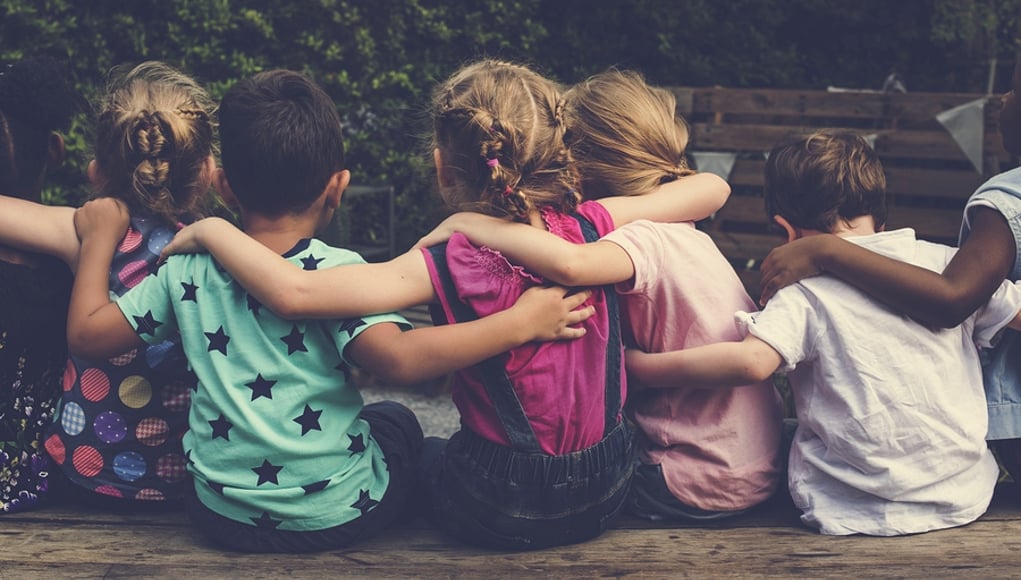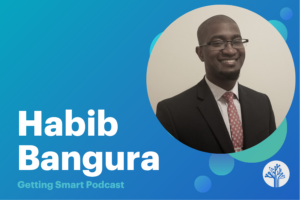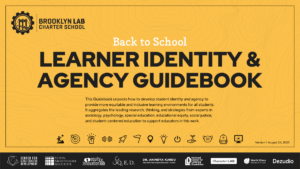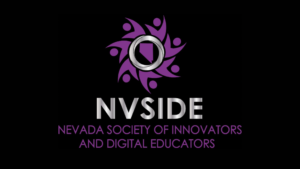Supporting Student Agency of SEL

By Jessica Berlinski
Students learn better when they want to learn.
It seems obvious, yet we’re increasingly hearing about the benefits of a student-directed approach to learning, where students are given opportunities for voice and choice regarding what and how they learn.
We’re also hearing about the short and long-term benefits of Social and Emotional Learning (SEL), which includes skills like empathy, collaboration and problem-solving. Students with this skill set do better in school and have greater success in careers and relationships.
So what happens when we put the two together? Does SEL learning improve when students direct what and how they learn? Let’s take a look at two unique programs, one digital and one in-person, that represent powerful methods for building agency and improving behavior in students.
Digital SEL
Ripple Effects is a personalized SEL intervention that gives students the power to choose what and how they learn. It starts by having the student choose which issue they would like to explore–and there are close to 450 choices. Everything from anxiety to bullying to parents divorcing to feeling bias from peers.
From there, students choose among thirteen different learning modalities to build CASEL’s five SEL skills, contextualized around that issue (be sure to listen to the Getting Smart podcast with CASEL vice chair and chief knowledge officer Roger Weissberg, who shares more about these five competencies and the importance of SEL). The modalities include interactive lessons, games, “true story” videos showing how other kids handled the issue and real-life transfer exercises.

So how are educators implementing this option? Asia Dove is one of six SEL Wellness facilitators in the Los Angeles Unified School District charged with helping schools address the non-academic factors that prevent learning. “Kids have individual needs, and they’re innately curious about how to handle them,” says Dove. “Using a personalized digital SEL tool helps students choose the obstacles they themselves have to overcome in the program. They get to see and hear direct stories of other students, and what the consequences of their choices were.” She says the program yields better results than one-size-fits-all lessons.
Kelly Schooler, an elementary school principal in Lima, Ohio, agrees. She starts off by choosing topics together with students–some as young as third grade–but then gives them leeway to choose on their own. “Students are very ‘on-target’ and intuitive… [Their ability to choose] often helps us surface the real issue. Not everyone can have a one-on-one with students and not all students want that. This helps students excavate other things we may not know about, but are then able to address.”
This much choice makes some educators nervous, however, especially when topics include issues like sexual abuse and date rape (although it should be noted that those only appear in the Ripple Effects Teens program.) To address these concerns, the tool gives educators the ability to prevent student access to any topic.
Ripple Effects has scaled slowly in its fifteen plus years, but creator Alice Ray says that’s changing. “There’s an emerging understanding of the value of giving students agency and meeting them where they’re at with technology.”
In-Person SEL
On the more traditional in-person side there’s Open Session–yet to truly call it traditional would be a misnomer. Developed by Janice Toben, co-founder and Director of the Institute for Social Emotional Learning (IFSEL), Open Session also dates back to the 90s. Toben, who then served as the SEL director for the Bay Area Nueva School, observed that her students were eager to solve real-life social dilemmas, instead of just venting about them. She offered them time to “check-in” and cooperatively problem solve. Daniel Goleman caught wind and described the practice in his seminal book, Emotional Intelligence. Since then, it’s evolved markedly.

Here’s how it works:
A group of 15 or 20 middle or high school students are invited by an educator or facilitator to gather in a circle. They check in and then anonymously write down on an index card a problem, challenge or a joy that they’re experiencing. The educator reads the cards out loud, one at a time. Yet after each, she takes a backseat, and gives the students the floor to do one of three things: they can give words of support and encouragement, clarify the issue, or offer wisdom in the form of a potential solution.
“The day after the election, there was a lot of unrest amongst students,” remembers Joe Tchen, a former Florida public school teacher and now middle school teacher and Open Session facilitator at Seattle Country Day. “(Open Session) allowed them to explore what they were feeling and ask each other for advice, instead of acting out. It was important for kids to hear that they weren’t alone in how they were feeling. And when kids get advice from their peers, it touches somewhere deeper than when they hear it from an adult.”
IFSEL doesn’t yet have quantitative data on outcomes of the practice, yet students are the first to say it changed their behavior. “I’ve seen this phenomenon where people who aren’t the ’emotional’ type or who don’t typically reach out to other people…will express support, give really solid advice and open up in front of a classroom,” said twelfth-grader Emily.
She says it helped her and her peers have more empathy. “When an issue comes up that’s serious—like mental illness or abuse–it’s a reminder that people in our own community face these hardships, that everything is not always okay. (That’s) something I value, particularly living in Silicon Valley.” Other students, like Malhar from San Francisco Unified School District, value it so much they took ownership of the practice, and literally brought it with them from middle to high school.
Unlike traditional SEL programs, students are given agency to create the curriculum in Open Session. There’s risk in that of course: content could be intense or inappropriate. Teachers who become facilitators need to know how to handle that, which IFSEL covers in their training. Yet Toben says the benefits of schools taking this risk is profound.
“I don’t see a lot of schools risk exploring what is in the interior of the student and creating a space where the curriculum of themselves, of their humanity, has a place to be brought to the lens of SEL. They miss the opportunity to empower students’ to make their real lives a springboard for their own SEL learning.”
Tchen says taking the risk improved his school’s climate, pointing to a survey that showed it contributed to students feeling safer and more connected. Surprisingly, he attributes much of this to the practice helping adults. “I feel more connected to my students because I know what’s real for them. I know now what they are going through in their lives, instead of making assumptions as an educator.”
Although almost all evidence-based SEL programs are centered around the student, only a few give students agency to create and direct their learning. According to the recent World Economic Forum Report on SEL, a projected 65% of children entering grade school will work in jobs that do not exist today. This means we need students to feel empowered not just to direct their learning, but to create their own job opportunities.
Why not have them equally empowered and motivated to solve conflict, support each other and work through trauma? What would a world like that look like? Perhaps we can get a peek by giving students agency to direct their own social and emotional learning.
For more, see:
- 5 Ways Tech Can Strengthen Social and Emotional Learning
- Social and Emotional Learning and Assessment: The Demand is Clear
- Personalized Standards-Based Instruction Tied to Social Emotional Learning
Jessica Berlinski is an entrepreneur and an SEL Tech consultant. Follow her on Twitter @BerlinskiJess
Stay in-the-know with all things EdTech and innovations in learning by signing up to receive the weekly Smart Update.







0 Comments
Leave a Comment
Your email address will not be published. All fields are required.